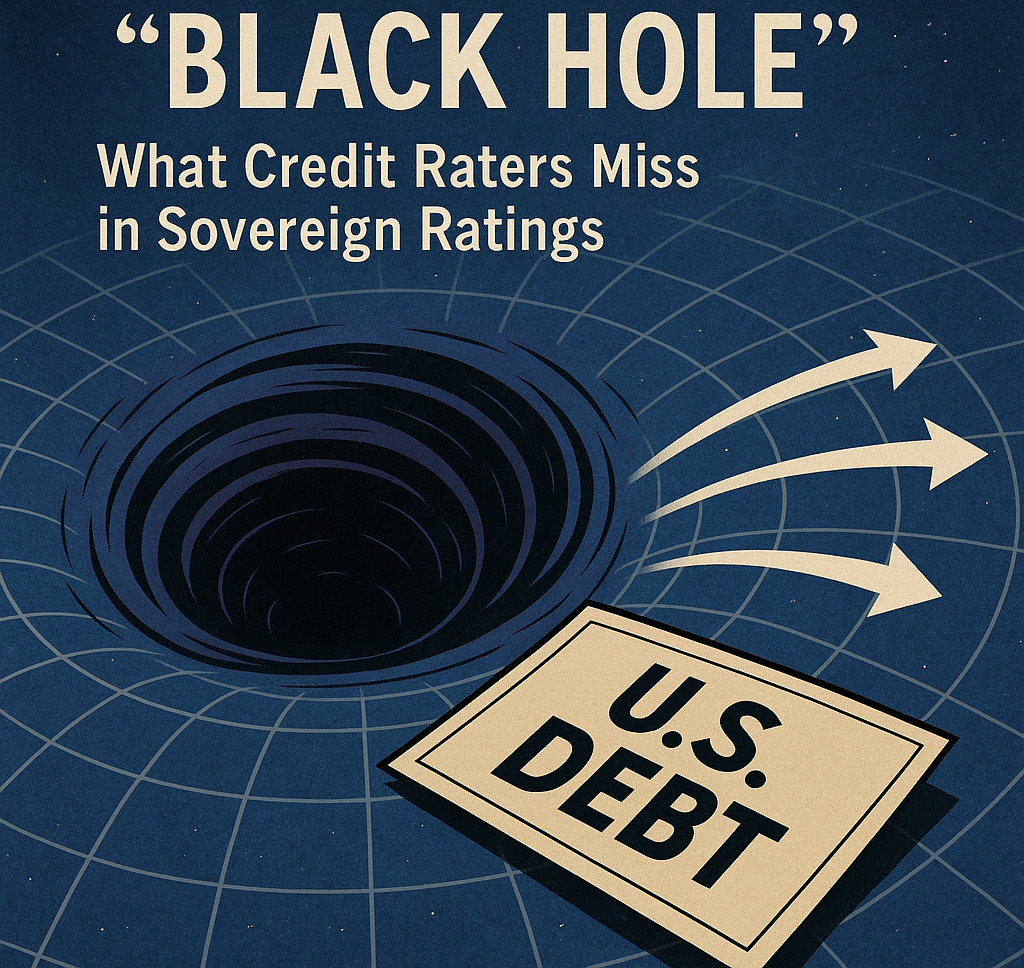Active vs. Passive Investing: Pros and Cons
Explore the pros and cons of active vs. passive investing for informed financial choices.

In the realm of investments, individuals face a fundamental choice between two distinct strategies. One approach entails active management, involving frequent buying and selling to potentially surpass market performance. Conversely, a passive strategy advocates a hands-off, long-term approach, aiming to mirror market returns. Both methods present unique benefits and drawbacks, necessitating a comprehensive understanding from investors. Active investing offers the allure of higher returns but accompanies elevated costs and risks due to market fluctuations and human fallibility. On the contrary, passive investing, known for its cost-efficiency and tax advantages, may constrain the potential for substantial profits. By examining the merits and demerits of each strategy, investors can navigate the financial landscape with clarity, aligning their choices with their objectives and risk appetite.
Benefits of Active Investing
Active investing is a strategy that involves actively buying and selling investments with the goal of outperforming the market. This approach requires investors to continuously monitor their investments, conduct research, and make informed decisions to generate returns. In this blog section, we will delve deeper into the benefits of active investing, highlighting the advantages it offers to investors.
Potential for Higher Returns
One of the key benefits of active investing is the potential for higher returns. Unlike passive investing, where investors aim to match the performance of a market index, active investors seek to beat the market by leveraging their knowledge, expertise, and analysis. Through active management of their portfolios, investors can capitalize on market trends, identify undervalued assets, and take advantage of short-term opportunities to potentially achieve superior returns.
Greater Control over Investments
Active investing provides investors with greater control over their investment decisions. By actively managing their portfolios, investors can choose which assets to invest in, when to buy or sell, and how to allocate their resources based on their individual risk tolerance and investment objectives. This hands-on approach empowers investors to customize their investment strategies, react promptly to market developments, and adjust their portfolios in alignment with changing economic conditions.
Enhanced Portfolio Diversification
Another advantage of active investing is the ability to enhance portfolio diversification. Actively managed funds often offer a wider range of investment options compared to passive funds, enabling investors to spread their risk across different asset classes, sectors, and regions. By diversifying their portfolios strategically, investors can reduce the impact of market volatility on their investments and potentially improve risk-adjusted returns.
Opportunity for Skill Development
Active investing provides investors with the opportunity to develop and hone their investment skills. By actively researching companies, analyzing market trends, and making investment decisions, investors can enhance their financial literacy, market knowledge, and decision-making abilities. This hands-on experience can be invaluable in improving investment acumen and building a successful long-term investment strategy.
Active investing offers several benefits, including the potential for higher returns, greater control over investments, enhanced portfolio diversification, and skill development. While active investing requires dedication, research, and monitoring, the rewards can be substantial for investors who are willing to put in the effort and actively manage their portfolios.
Drawbacks of Active Investing
Active investing, while offering the potential for higher returns, comes with its own set of drawbacks that investors should carefully consider. Understanding the drawbacks of active investing is crucial for investors looking to make informed decisions about their investment strategies. Let's delve deeper into the significant drawbacks:.
Higher Costs and Fees
One of the most prominent drawbacks of active investing is the higher costs and fees associated with this approach. Active investment strategies often involve frequent trading, which can result in increased transaction costs and brokerage fees. Moreover, actively managed funds typically charge higher management fees compared to passive investment options like index funds. These expenses can eat into investors' returns over time, especially if the performance of the active strategy does not outpace these additional costs.
Higher Risk and Volatility
In addition to the financial implications, active investing also exposes investors to higher levels of risk and volatility. The pursuit of market-beating returns through active management requires making precise investment decisions based on market trends and analysis. This active approach can result in a more concentrated portfolio, increasing the risk of individual investment underperformance impacting the overall portfolio's returns. Furthermore, the heightened trading activity can lead to increased portfolio volatility, making it challenging for investors to predict and manage fluctuations in their investment value.
Lack of Diversification
Another significant drawback of active investing is the potential lack of diversification in the portfolio. Active investors often focus on selecting a limited number of securities they believe will outperform the market, leading to a less diversified portfolio compared to passive investment strategies that track broader market indices. This lack of diversification can amplify the impact of poor performance in a few investments, exposing the portfolio to higher levels of risk.
Time and Effort
Active investing requires a significant amount of time and effort on the part of the investor. Monitoring market conditions, conducting research on potential investment opportunities, and making frequent trading decisions demand a considerable commitment of time and expertise. For individual investors without the resources or experience to effectively manage an active portfolio, the time and effort required may outweigh the potential benefits of outperforming the market.
Considering these drawbacks, investors should carefully assess whether the potential benefits of active investing align with their financial goals, risk tolerance, and investment preferences. While active strategies have the potential to generate higher returns, the associated costs, risks, lack of diversification, and time commitment make it essential for investors to weigh these factors before embracing an active investment approach.
Advantages of Passive Investing
Lower Costs and Fees
Passive investing is known for its cost-efficiency compared to actively managed funds. With passive investing, the goal is to replicate the performance of a specific index, such as the S&P 500, rather than trying to outperform it. This approach typically results in lower management fees and trading costs, which can have a significant impact on long-term returns. In addition to lower costs, passive investing also tends to be more tax-efficient than active investing. Since passive funds generally have lower turnover rates than actively managed funds, investors may realize fewer capital gains distributions, leading to potential tax savings and improved after-tax returns.
Diversification and Risk Mitigation
Another key advantage of passive investing is the built-in diversification it offers. By investing in index funds or exchange-traded funds (ETFs) that track a broad market index, investors gain exposure to a wide range of securities across different sectors and industries. This diversification helps spread out risk and reduce the impact of any one underperforming asset on the overall portfolio. Additionally, passive investing can help mitigate the risk of individual stock selection or market timing errors, which are common pitfalls for active investors. Moreover, passive investing allows investors to easily diversify across asset classes beyond stocks, including bonds, real estate, and commodities. This multi-asset class diversification can further enhance portfolio resilience in various market conditions and economic environments.
Potential for Long-Term Growth and Consistent Performance
While past performance is not indicative of future results, passive investing has historically demonstrated the potential for long-term growth and consistent performance. By closely tracking a benchmark index, passive funds aim to capture the market's overall returns, providing investors with a simple and transparent investment approach. Over extended periods, the compounding effect of consistent market returns, combined with the benefits of lower costs and broad diversification, can lead to substantial wealth accumulation for investors. Furthermore, passive investing aligns with the efficient market hypothesis, which suggests that asset prices reflect all available information, making it challenging for active managers to consistently outperform the market over time. As a result, passive investing offers a reliable strategy for investors seeking steady growth and competitive returns over the long run.
Environmental, Social, and Governance (ESG) Considerations
In recent years, there has been a growing emphasis on environmental, social, and governance (ESG) factors in the investment landscape. Passive investing has adapted to this trend by offering ESG-focused index funds and ETFs that incorporate sustainability criteria into their investment strategies. By investing in ESG-conscious passive funds, investors can align their portfolios with their values and support companies with strong environmental practices, social responsibility, and transparent governance. This socially responsible investing approach not only allows investors to make a positive impact on society and the environment but also provides the potential for competitive financial returns as sustainable companies continue to gain traction in the global economy.
Passive investing presents a compelling array of advantages, ranging from cost-efficiency and diversification to long-term growth potential and ESG considerations. By understanding these benefits and incorporating passive investment strategies into their portfolios, investors can build a solid foundation for financial success while contributing to a more sustainable and responsible investment ecosystem.
Disadvantages of Passive Investing
Limited Potential for High Returns
Passive investing, while often seen as a safe and steady approach, may come with limited potential for high returns. Since passive investors typically aim to mirror the performance of a specific market index or asset class, they may miss out on the opportunity to outperform the market significantly. This can be a drawback for investors seeking to maximize their returns and beat the market averages. However, it is essential to note that the trade-off for potentially lower returns is often lower fees and reduced risk compared to actively managed strategies.
Dependency on Market Performance
Another disadvantage of passive investing is its dependency on market performance. Passive investors are essentially 'riding the waves' of the market, which means that their returns are directly tied to how the overall market or specific index performs. During bear markets or periods of heightened volatility, passive investors may experience significant losses without the ability to actively manage their investments to mitigate risks or capitalize on opportunities. This lack of control over investment decisions can be a concern for some investors who prefer a more hands-on approach to managing their portfolios.
Limited Ability to Hedge Against Market Risks
Passive investing may also limit an investor's ability to hedge against specific market risks. Unlike active investing, where fund managers can make decisions to reduce exposure to certain sectors or assets based on market conditions, passive investing involves holding a pre-defined portfolio that mirrors a market index. This lack of flexibility can leave passive investors vulnerable to downturns in specific industries or sectors that are overrepresented in the index.
Lack of Customization and Tailored Strategies
Another drawback of passive investing is the lack of customization and tailored strategies. Passive investment vehicles, such as index funds or exchange-traded funds (ETFs), offer broad market exposure but may not align with an investor's specific financial goals or risk tolerance. Investors with unique preferences or those seeking to align their investments with specific values or criteria may find passive investing too restrictive and opt for actively managed solutions that can be tailored to meet their individual needs.
While passive investing has its merits in terms of simplicity, cost-effectiveness, and long-term performance tracking, investors should be aware of its limitations. Understanding the disadvantages of passive investing, such as limited potential for high returns, dependency on market performance, limited risk-hedging capabilities, and lack of customization, is crucial for making informed investment decisions that align with one's financial objectives and risk tolerance.
Active vs. Passive Investing Comparison
When it comes to investing, individuals often face the dilemma of choosing between active and passive investment strategies. Both approaches have their merits and drawbacks, making it essential for investors to understand the nuances of each before making an informed decision. In this section, we will delve into a detailed comparison of active and passive investing, analyzing their performance, costs, risk levels, and management styles.
Performance Analysis
One of the key factors to consider when evaluating investment strategies is their performance over time. Active investing involves a hands-on approach where fund managers actively buy and sell securities in an attempt to outperform the market. On the other hand, passive investing aims to replicate the performance of a specific market index. We will explore the historical performance of both strategies and discuss the factors that contribute to their success or underperformance.
Cost Comparison
Cost plays a significant role in investment returns, and it is crucial to assess the expenses associated with both active and passive investing. Active management typically incurs higher fees due to the expertise and research involved in selecting securities. In contrast, passive funds have lower management fees since they aim to match the performance of an index rather than beat it. We will break down the cost structures of each approach and evaluate their impact on long-term returns.
Risk Assessment
Risk tolerance varies among investors, and understanding the risk profiles of active and passive investing is vital for aligning investment decisions with personal objectives. Active strategies may expose investors to higher levels of risk due to frequent trading and concentrated bets, while passive strategies offer more stability but could miss out on potential opportunities. We will assess the risk factors associated with both approaches and discuss risk management strategies to mitigate investment uncertainties.
Management Styles
The management styles employed in active and passive investing differ significantly and can influence the overall investment experience. Active managers rely on market research, financial analysis, and forecasting to make investment decisions, often aiming to beat the market through strategic stock selection. Passive managers, on the other hand, focus on maintaining a diversified portfolio that mirrors a specific index, emphasizing long-term growth over short-term gains. We will compare the management styles of active and passive investing and explore their implications for investor outcomes.
The choice between active and passive investing hinges on various factors, including individual preferences, financial goals, and risk tolerance. By examining the performance, costs, risks, and management styles of both strategies, investors can make well-informed decisions that align with their investment objectives and enhance their long-term financial success.
Conclusion
Both active and passive investing strategies have their own set of pros and cons. Active investing offers the potential for higher returns but comes with higher risks and fees. On the other hand, passive investing provides diversification and lower fees but may limit potential returns. Ultimately, the choice between the two approaches depends on an individual's risk tolerance, investment goals, and time horizon. Investors should carefully consider these factors before deciding on the most suitable investment strategy for their financial objectives.
.png)








